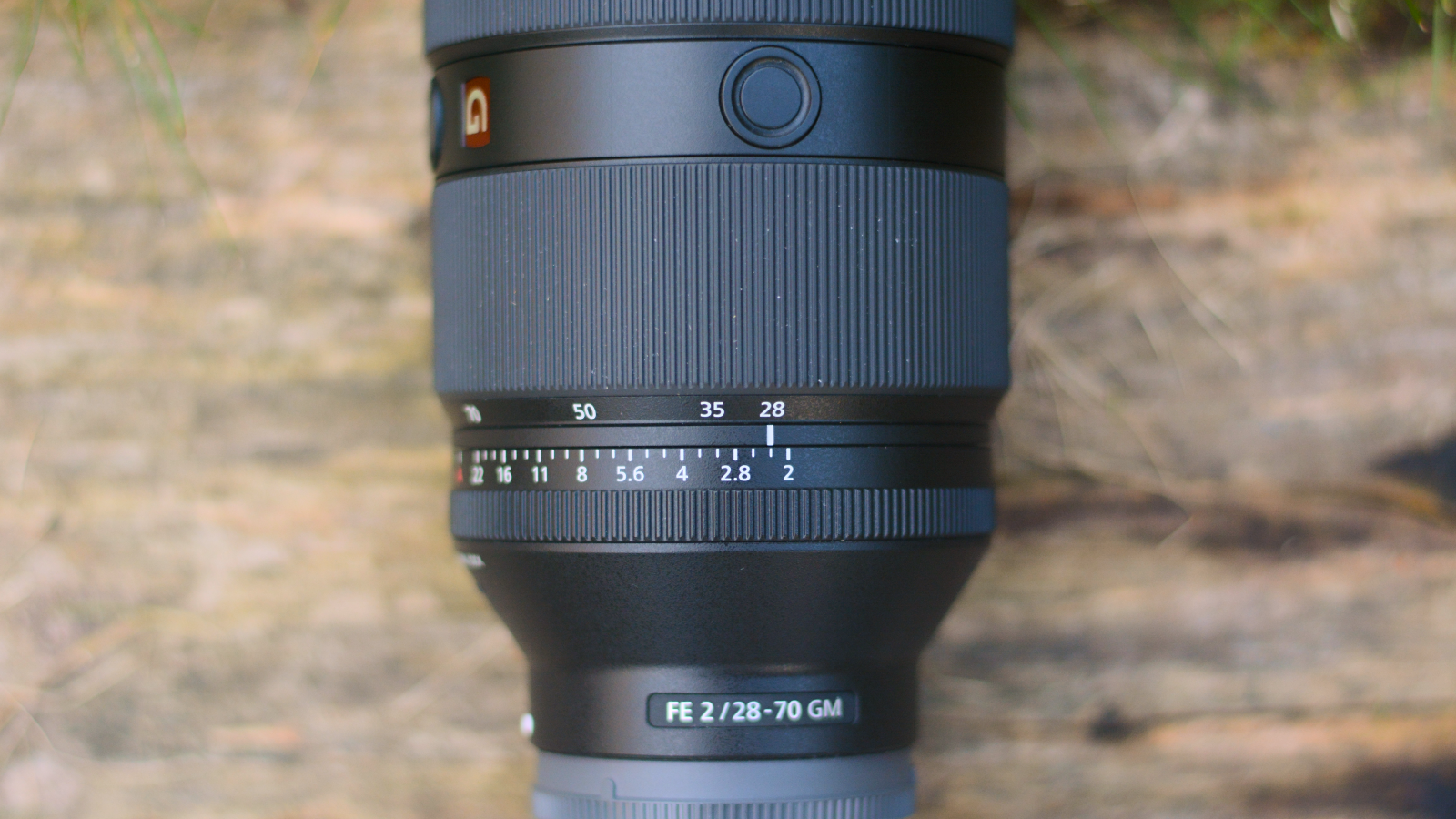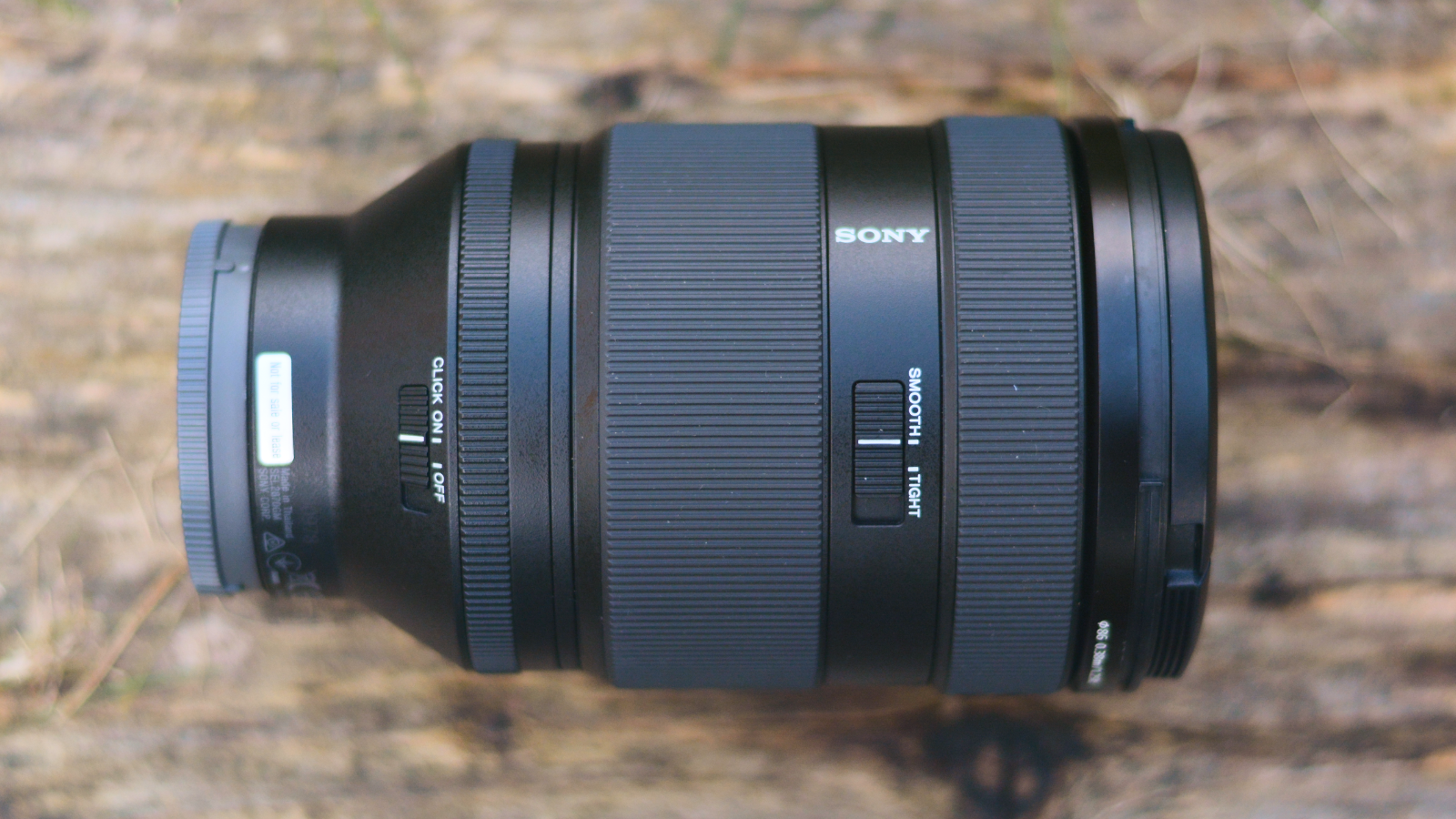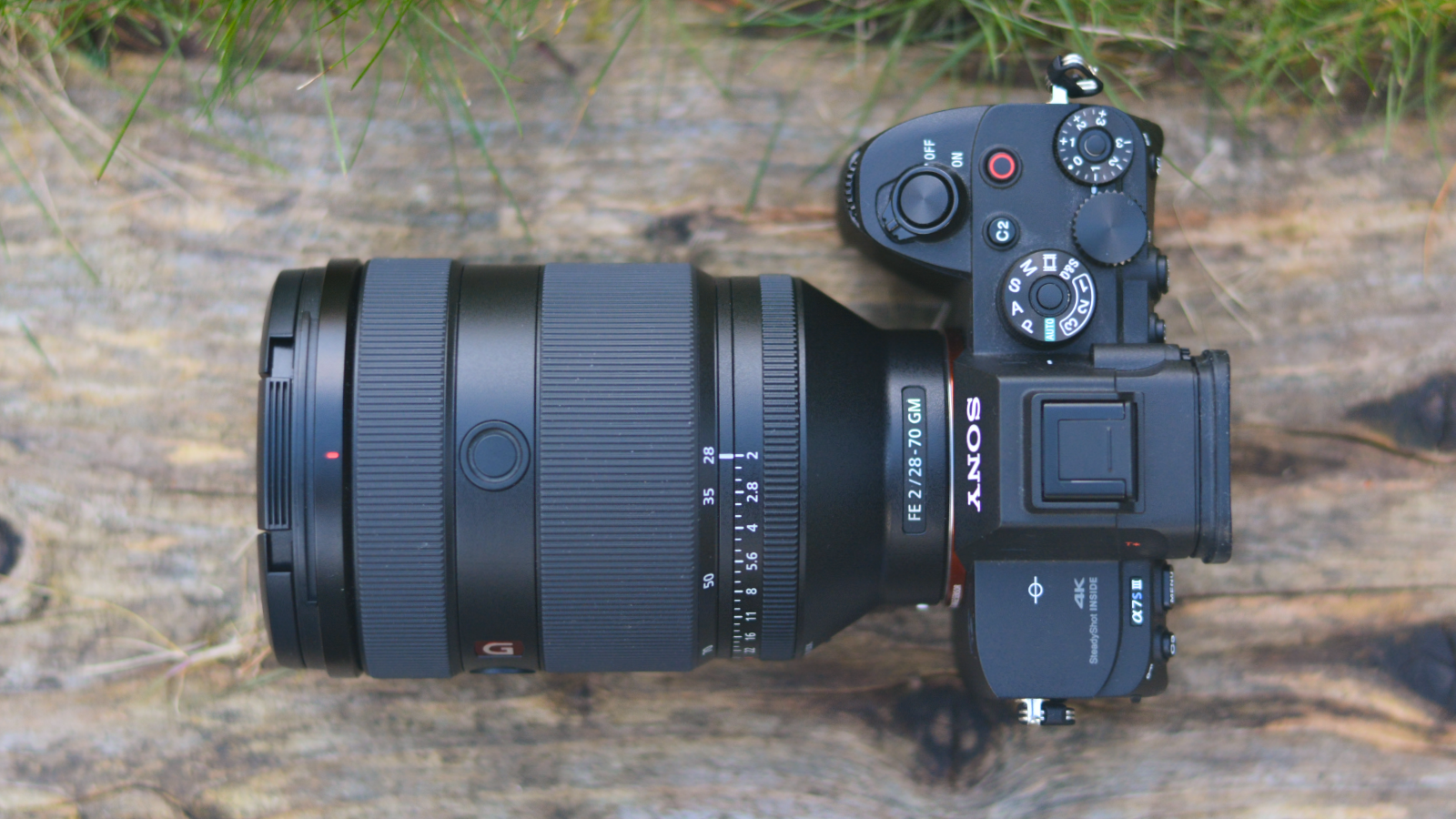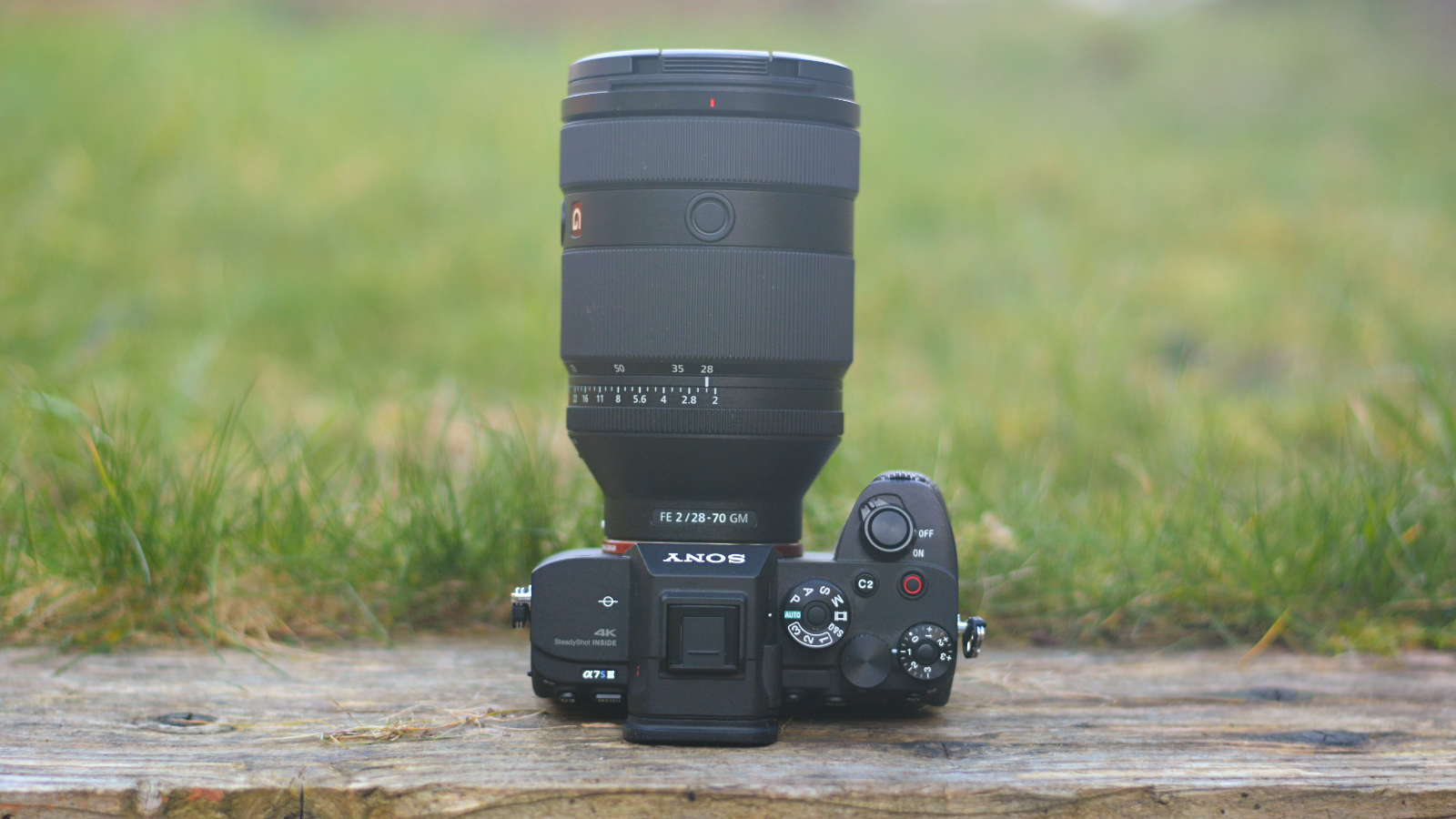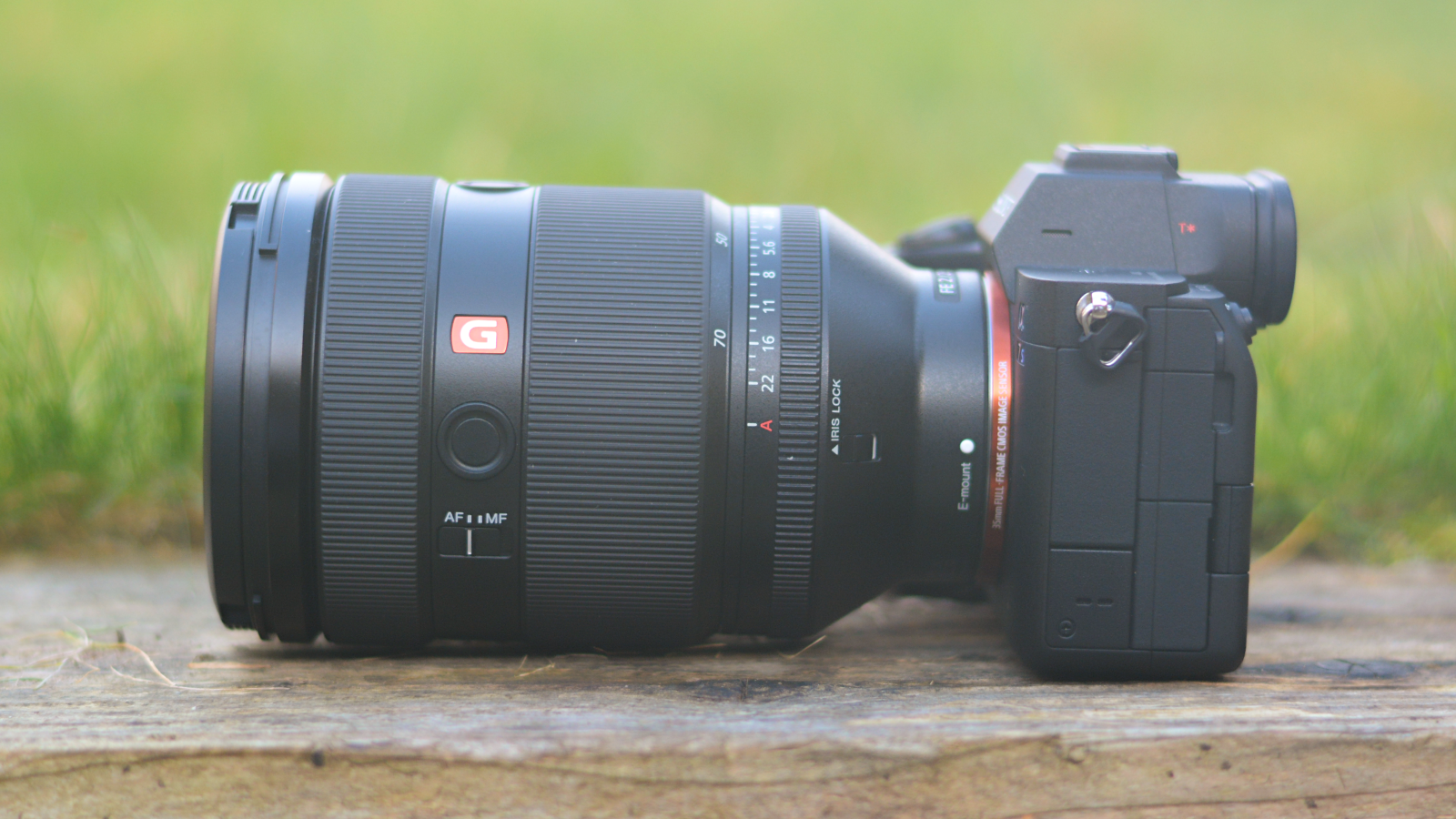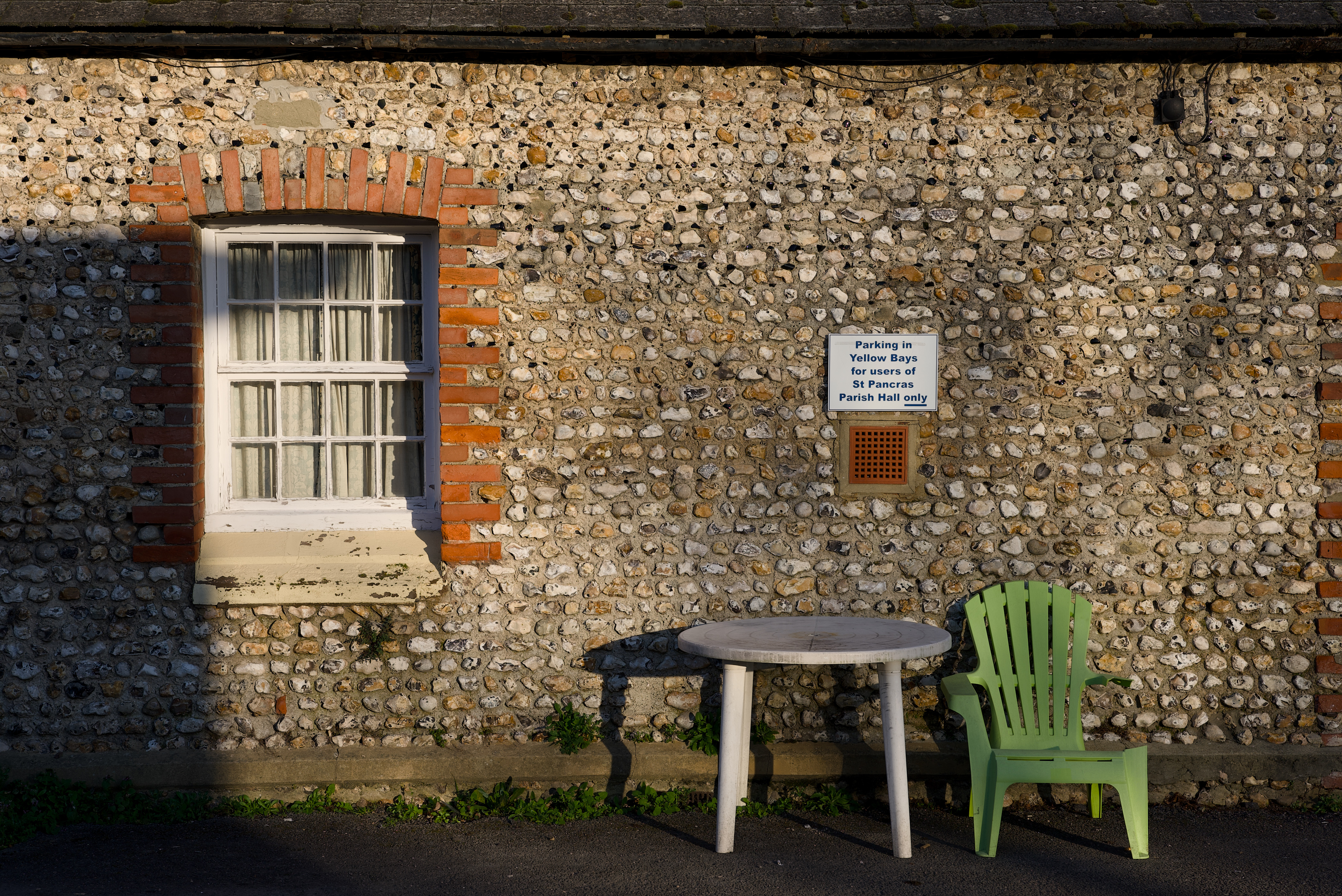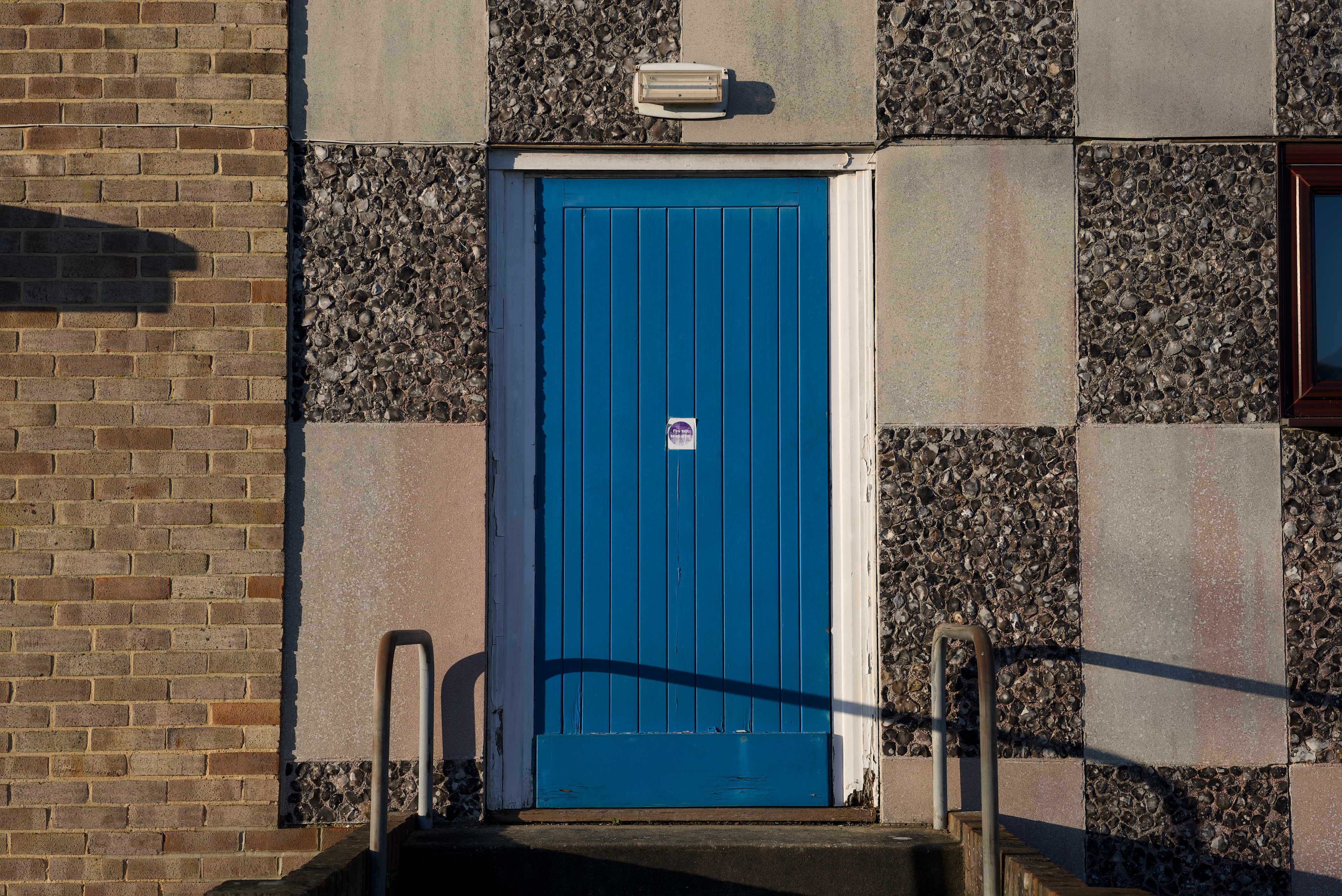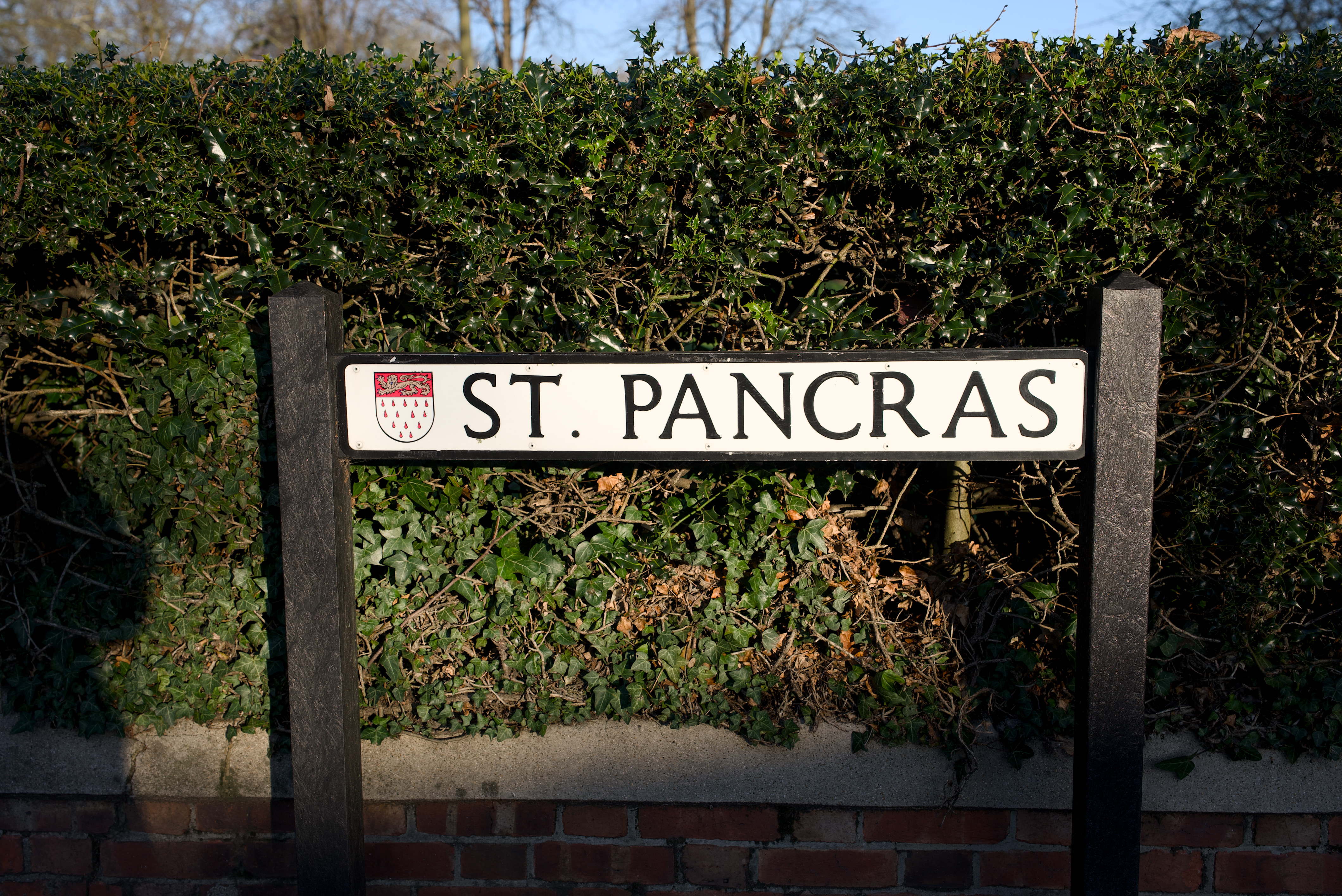Why you can trust TechRadar
We spend hours testing every product or service we review, so you can be sure you’re buying the best. Find out more about how we test.
Sony FE 28-70mm F2 GM: two-minute review
Wisdom dictates there’s no such thing as an all-purpose lens. Yet in the FE 28-70mm F2 GM, Sony’s had a stellar go at making one. Pitched as a do-it-all solution for photographers who demand versatility without compromise, this is flagship glass that could replace a trio of primes in your kit bag.
Thanks to a constant f/2 maximum aperture, the FE 28-70mm F2 GM delivers the kind of results you’d expect from a prime lens, paired with the versatility of a standard zoom. The sweetener is that it’s packaged with dimensions that are easy enough to work with on a daily basis, more so than Canon’s ungainly equivalent.
This isn’t a lightweight lens by consumer standards, but for G Master glass with fast optics, Sony’s done an impressive job of keeping measurements in check. The solid build and weather seals reflect its premium status, as does the way it handles, with tactile control rings and buttons.
In performance terms, the FE 28-70mm F2 GM hits the mark at every focal length. That maximum aperture gives it excellent low-light credentials, allowing you to shoot fast even in dim conditions. F/2 also unlocks beautifully smooth bokeh and striking subject isolation with a shallow depth of field. The lens is as effective for night-time street scenes as it is for 70mm portraits.
It’s optically excellent too, with no discernible sacrifice in quality for the sake of flexibility. Central detail is consistently sharp across the zoom range, with only the tiniest hint of corner softness when shooting wide open. There’s no shortage of contrast either, with minimal evidence of vignetting or chromatic aberrations.
In-camera correction does address some barrel distortion at 28mm, but this is less impactful than if the lens went to 24mm like most standard zooms. That slight restriction on wide-angle coverage will give some users pause for thought. In practise, the f/2 aperture more than makes up for the slightly tighter focal length.
The only major omission is lens-based stabilization, even this isn’t felt in real-world conditions; with the ability to shoot at fast shutter speeds, paired with rapid, accurate autofocus, you won’t encounter issues with blurring.
In truth, there’s only one drawback to the Sony FE 28-70mm f/2 GM and that’s the price. There’s no escaping that this lens is a serious investment. But when you consider that this is professional glass which delivers prime performance at several focal lengths, its value is self-evident.
If you want a new go-to lens that’s manageable on a full-frame mirrorless body and can handle everything from landscapes to weddings, this might just be the most complete standard zoom Sony has ever made.
Sony FE 28-70mm F2 GM specs
|
Type: |
Standard zoom |
|
Mount: |
Sony E-mount |
|
Sensor: |
Full-frame |
|
Focal length: |
28-70mm |
|
Max aperture: |
f/2 |
|
Minimum focus: |
0.38m |
|
Filter size: |
86mm |
|
Dimensions: |
92.9 x 139.8mm |
|
Weight: |
32.4oz / 918g |
Sony FE 28-70mm F2 GM: Design
- Tidily packaged for such a fast zoom lens
- Robust G Master build with weather seals
- Tactile controls with zoom ring switches
Sony has managed to keep the FE 28-70mm F2 GM surprisingly compact for such a fast standard zoom. It’s by no means a lightweight lens at 32.4oz / 918g, but it’s only a fraction larger and heavier than the FE 24-70mm f/2.8 GM. That’s quite a feat, given the optics required to achieve its f/2 maximum aperture. It’s also significantly more portable than the comparable Canon RF 28-70mm F2L USM.
Paired with a full-frame body like the Sony A7S III, the FE 28-70mm f/2 GM balances well without feeling too front-heavy. It helps that the lens is fantastic to handle. You get a full complement of controls, including rings for zoom, focus and aperture. A pair of customizable focus hold buttons offer useful flexibility, together with the familiar AF/MF and aperture lock switches. Two additional switches let you further influence the shooting experience.
We’ve seen the aperture click switch on other Sony lenses. It’s a welcome one, letting you choose whether you’d like tactile feedback while moving through f-stops. More unusual is the torque switch, which gives you the option of tight or smooth zoom ring rotation. The former is helpful for preventing zoom creep, while the latter lets you change focal lengths with a light touch – something that videographers are likely to appreciate.
Given the price and the G Master badge, it’s no surprise that the FE 28-70mm F2 GM feels solid. This is a professional lens that’s built for the elements, with weather seals throughout. It’s all sturdy and purposeful, with a lovely weighting to the controls and no sense of compromise anywhere on the barrel.
It’s worth noting that the large front element requires equally large 86mm filters, which are more expensive than smaller standard thread sizes. That shouldn’t be a revelation: with a lens of this calibre, there’s an expectation that budget won’t be an issue.
Sony FE 28-70mm F2 GM: Performance
- Fast f/2 maximum aperture at every focal length
- Strong center sharpness across the zoom range
- Four XD linear motors for rapid, accurate autofocus
When it comes to performance, the FE 28-70mm F2 GM is nothing less than superlative. Autofocus is rapid and reliable, as you’d expect with a quartet of XD linear motors at work. While its size might conjure expectations of a sluggish response, there’s not even a hint of hesitation as the lens hunts for a subject. It’s remarkably quiet, too.
That speed puts another string in the bow of the FE 28-70mm f/2. While a standard zoom wouldn’t be the traditional choice for capturing action, its autofocus capabilities, paired with the ability to use fast shutter speeds at its widest aperture setting, make it a real sporting performer. It had no trouble tracking subjects in motion, locking with laser accuracy.
That constant f/2 maximum aperture is what sets the FE 28-70mm apart from other standard zooms. It unlocks prime performance at every focal length. Whether you’re shooting a night-time street scene at 35mm or a portrait at 70mm, you get the full light-gathering, background-defocusing power of a wide aperture.
F/2 is one stop faster than f/2.8. That means you need half as much light to shoot at the same shutter speed with the FE 28-70mm f/2 GM as you would with the FE 24-70mm f/2.8 GM. That makes a big difference in the real world, allowing you to shoot sharp and fast even in tricky conditions. Only with an f/1.4 prime would you get a meaningfully faster shooting experience.
The net result is a standard zoom that can replace several primes in your kit bag. And it can do so without optical compromise: bokeh and background blur at f/2 is exceptionally smooth, with beautiful subject isolation.
Taken all together, that recipe makes the FE 28-70mm F2 GM a uniquely versatile option. For wedding and event photographers who don’t want the hassle of switching lenses throughout the day, it’s a compelling proposition – as it is for any well-heeled photographer who covers a wide range of genres.
Arguably its only limitation besides the price is the slight loss of wide-angle coverage: its 28mm starting point is tighter than on a typical 24-70mm zoom. Whether that extra 4mm makes a difference will come down to how you shoot, but the constant f/2 maximum aperture is your pay-off. For most people, that number is probably the more useful of the two.
Sony FE 28-70mm F2 GM: sample images
A close look at images shot with the Sony FE 28-70mm F2 GM reveals that it really is a master of all trades. Central sharpness is consistently superb across the zoom range and the lens is able to render magnificent detail. Paired with a high-resolution full-frame sensor, you’ll have no trouble cropping in on stills.
Edge sharpness is also excellent. Only at the wide end does a touch of corner softness become visible. There’s some in-camera correction at play here, addressing minor barrel distortion at 28mm. You’ll need a keen eye to spot it, though. Sony has certainly made its life easier by not extending the zoom range to 24mm, where distortion would have been a more significant issue.
In fact, there’s little evidence of any major imperfections. Both vignetting and chromatic aberrations are kept under tight control, with no color fringing to speak of. Contrast is strong as well, with just a trace of ghosting and a few flare artifacts visible when shooting wide open into direct sunlight. Optically, it’s very hard to find fault with this G Master glass.
In short, the Sony FE 28-70mm F2 GM gives an almost flawless demonstration at every focal length. Even the absence of lens-based stabilization doesn’t hold it back: at f/2, shutter speeds are more than fast enough to eliminate the risk of blur. If you’re willing to dig into your pockets, Sony will reward you with a standard zoom that excels in every respect.
Should you buy the Sony FE 28-70mm F2 GM?
Buy it if…
Don’t buy it if…
How I tested the Sony FE 28-70mm F2 GM
- Tested in-depth for seven days
- Paired with a Sony A7S III body
- Shot a range of test scenes
The FE 28-70mm F2 GM was only available on a short loan from Sony. That gave me a week to run the zoom through a series of in-depth tests. Given that it’s pitched as the kind of lens you’ll keep on your camera by default, that’s exactly how I lived with it. Paired with a Sony A7S III body, I picked it up every time I left the house.
That gave me a good impression of how easy the FE 28-70mm F2 GM would be to live and shoot with as a long-term standard zoom. Walking around with it allowed me to get a feel for its weight and handling, while shooting a range of scenes in different light conditions yielded a diverse catalog of stills. Covering everything from floral close-ups to abstract street scenes, the results gave me a good basis on which to assess its optical performance.
I’ve shot with several Sony lenses recently, including wide-angle primes and super telephotos, so I had a good benchmark for comparing the build quality. I also regularly shoot with both prime optics and standard zooms on my own Nikon camera, which means I know what to look for when it comes to both image quality and the physical shooting experience.
Read the full article here







